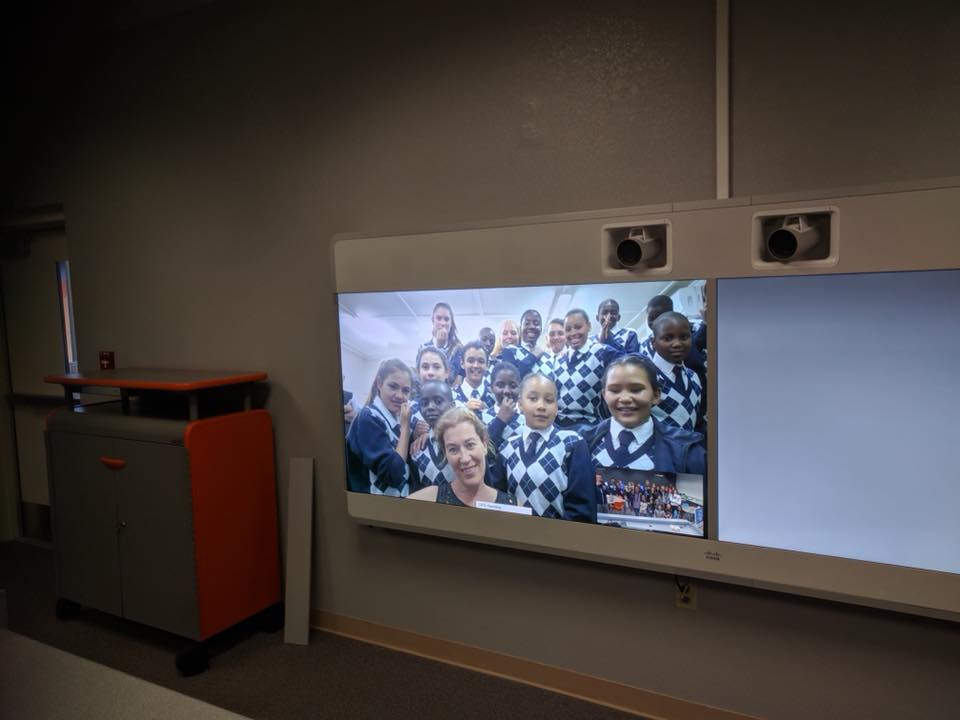We like to imagine that our students’ classrooms are multi-lingual, multi-cultural environments that bring the entire world to their eyes. The realistic and unfortunate fact is that, generally, this does not fulfill our expectations. Undoubtedly, the world is getting smaller thanks to social media platforms and an increased reach of the internet, yet are the interactions we have, especially students have, meaningful? Are they learning or exploring the cultures of the people around the world?
With the Building Cultural Bridges program, the expectations aforementioned are met and go far above. Connecting students across states in the US to countries in Africa, first via pen pal letters and then video conferencing, has allowed students (and teachers) to benefit immensely. And in more than one way.
Below are the top 5 benefits to students who are participating in an international pen pal and cross-cultural exchange program:
Reading, writing, and presentation skills improve: Students are able to practice reading and writing as they write out their questions and thoughts onto paper. Not only are they writing for a real purpose but they’re physically writing for a real audience too! Students tend to care more about their grammar, their spelling, and their punctuation because they want to impress and make a good first impression on their pen pals; especially when it’s international.
Students increase their compassion and understanding: When students are writing to other students in an opposite hemisphere or a continent thousands of miles away, they begin to see differences in the world around them. From what they eat to a second language they speak to sports they play. Yet even though there are differences between them, students begin to see the similarities they have with their pen pals because after all, they’re kids! Kids enjoy playing some of the same sports, read some of the same books, and may eat some of the same things.
Promoting patience and delayed gratification: Rather than having the instant gratification of a text message or Snapchat, students develop the understanding that creating anticipation sweetens the ultimate experience of receiving a letter back. Instead of getting the awfully similar text tone when an email comes in, students can physically handle their letter when it arrives and eagerly open it to read what their pen pal has written in response.
Developing social skills and abilities: When students write pen pal letters, they can typically swing two ways. One is that the student will write all about themselves OR students will list out questions that may make it seem like a 60 Minutes interview. So where is the middle ground? Encouraging students to read their letters to their peers allows for constructive criticism and revisions to be made to their letters. Moreover, by letting students write about themselves but also asking questions their pen pals, they begin to discover common bonds that share with one another and a variety of topics that spark interest in learning more.
Curiosity development: Children are naturally curious. However, an international pen pal can ignite a curiosity for the world outside of what they know. Where is the country located that their pen pal is from? What is the language or languages are spoken there? What is their history? Many inquisitive questions can come from writing to an international pen pal. As their curiosity increases, the more interest in learning that ultimately develops.
Interested in joining the Building Cultural Bridges program? Click here to fill out our application form!



